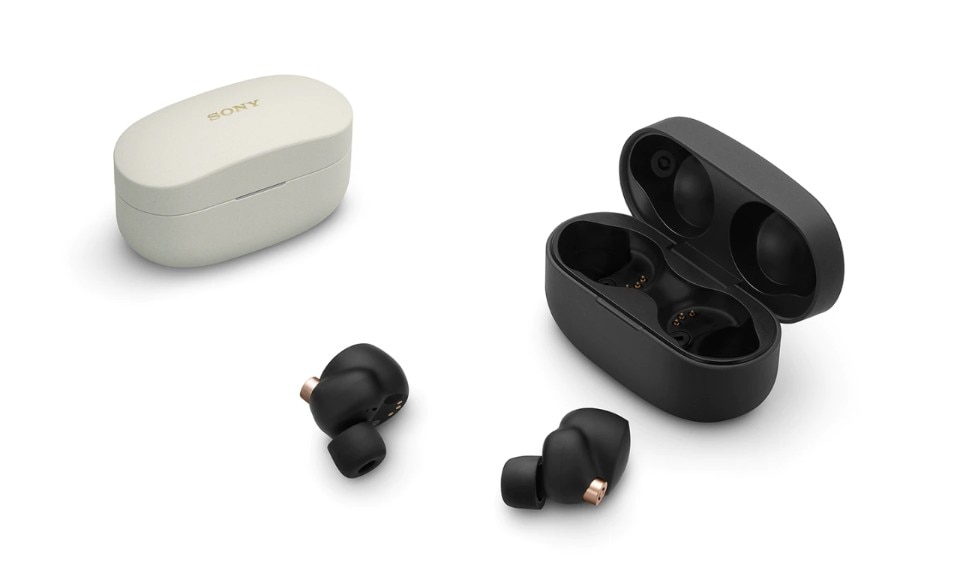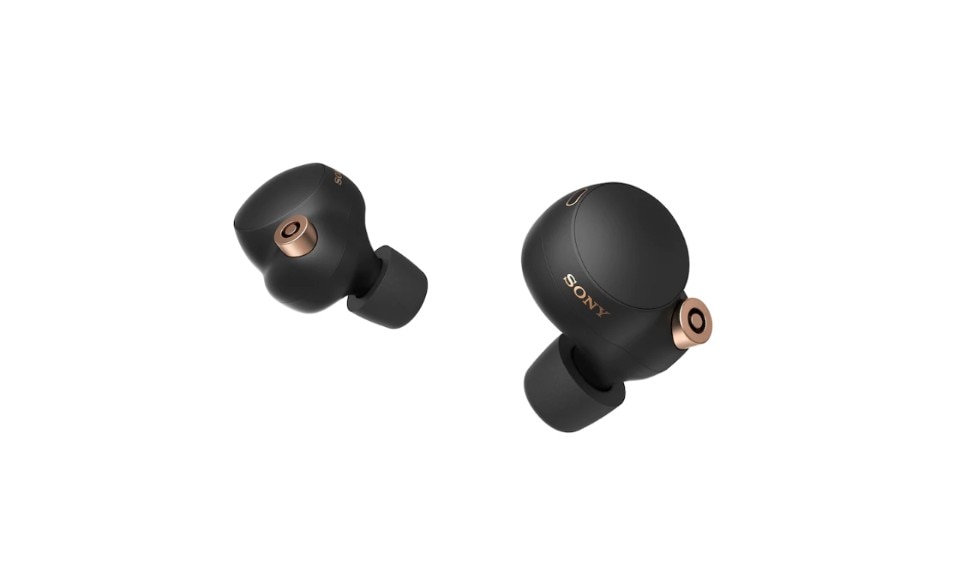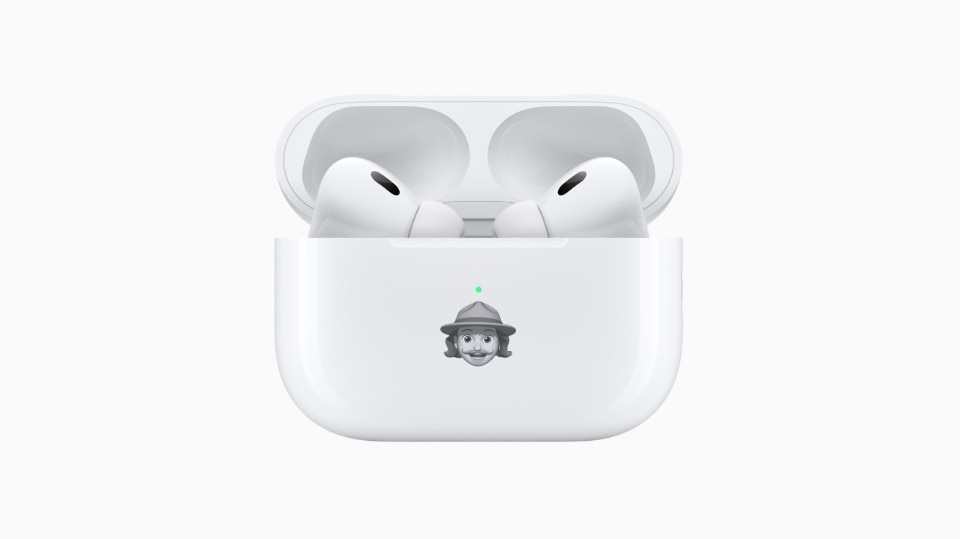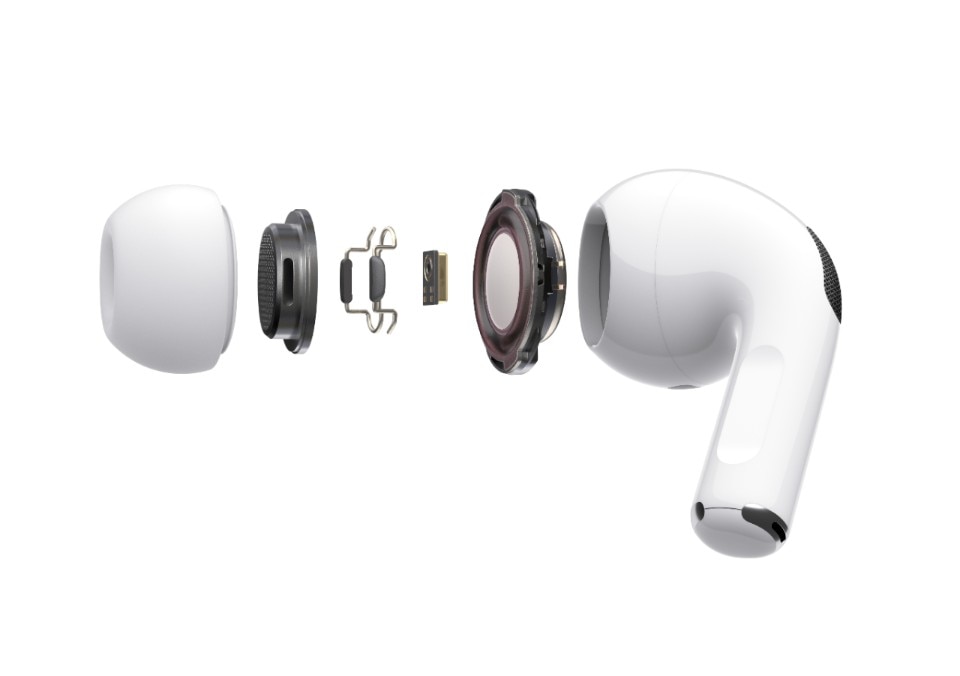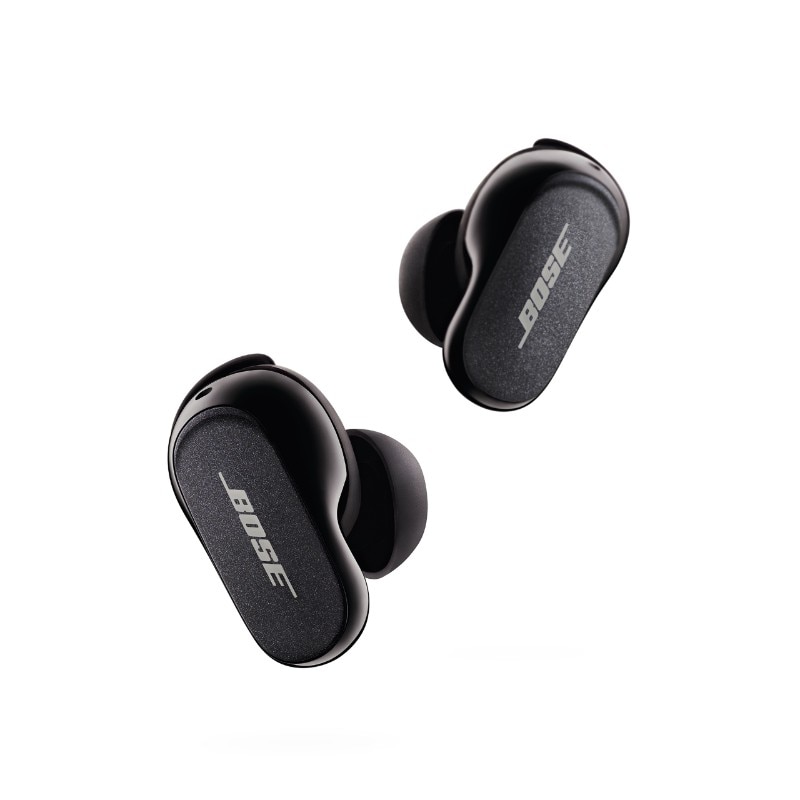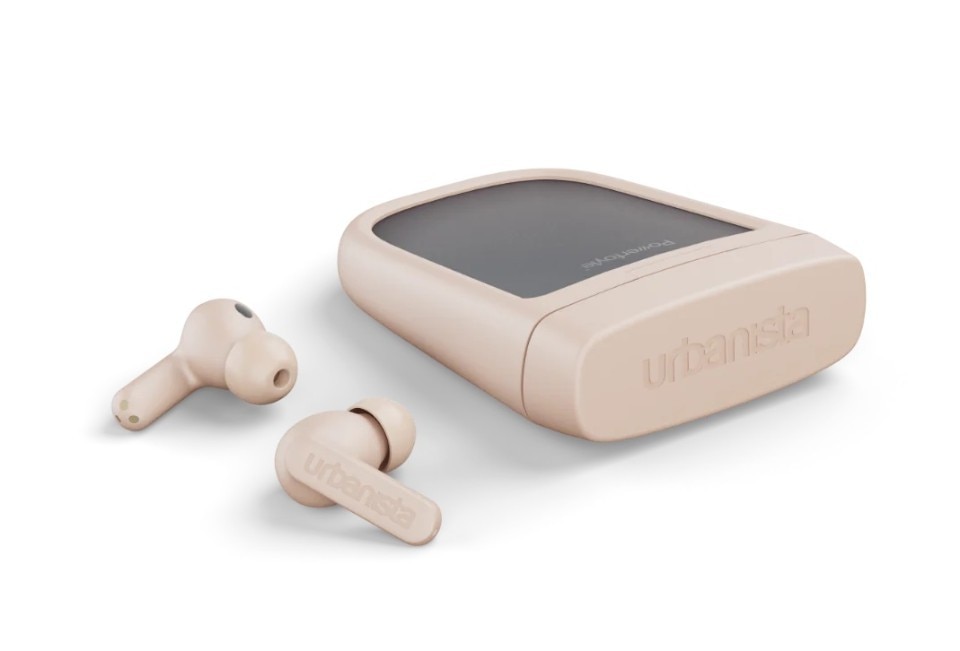Isolation, curfew, no travelling allowed; experiencing constant loneliness for some, living in close contact with family for others. Before Covid-19, silence was an exception. Today, it is something to yearn for. In an Interview with Domus, Renzo Vitale, the artist and acoustic engineer who, together with Hans Zimmer, creates the sounds for the electric BMWs, fantasized about how “it wouldn’t be bad to have silence zones in the city design.” He recalled the estranging yet wonderful feeling of a city, in the midst of the pandemic, without any traffic or activities, of a silent city.
At the beginning of the 1900s, a doctor, Julia Barnett Rice, founded in New York The Society for the Suppression of Unnecessary Noise, Vitale told us: there weren’t any vehicles as we know them yet, nor their mephitic impact on the air and sound of the city. The noise was only that of the sirens, the approaching ships, the carriages, the construction sites.
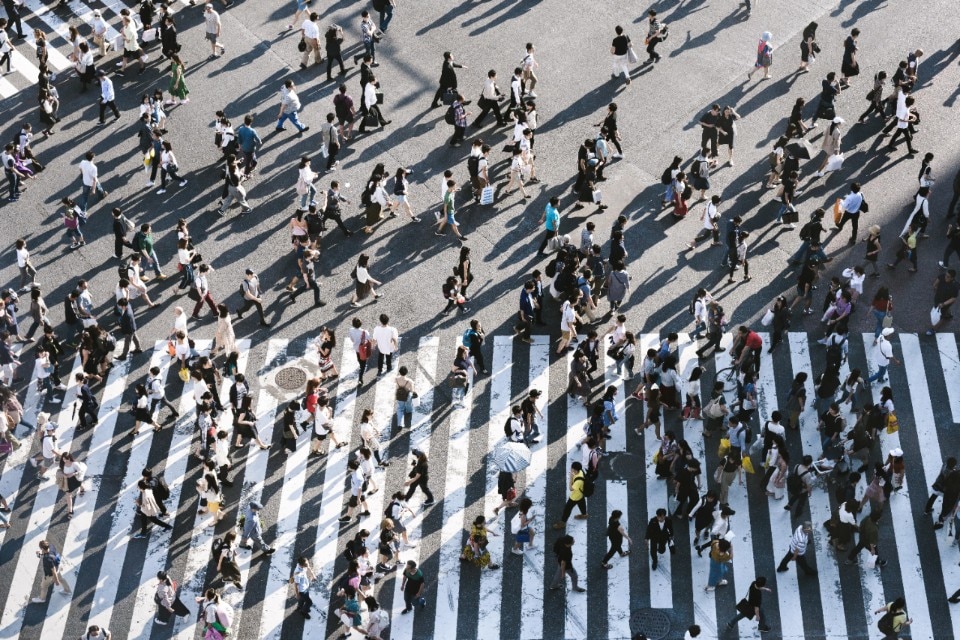
There are a variety of clues that prove that in the last few months the shares of silence have gone up quite a lot in the basket of the basic needs after coronavirus. One clue is definitely the communication campaign of the new Dyson Zone: at the launch of its air-purifying headphones, the British company equated the two main city pollutants, noise and smog, and released an in-depth study on the noise pollution in big cities we all want to muffle. Another clue is an article recently published on the online technology magazine The Verge and written by the Deputy Editor Dan Seifert; its emblematic title is what kick-started the thoughts for this article: “AirPods are earplugs now”.
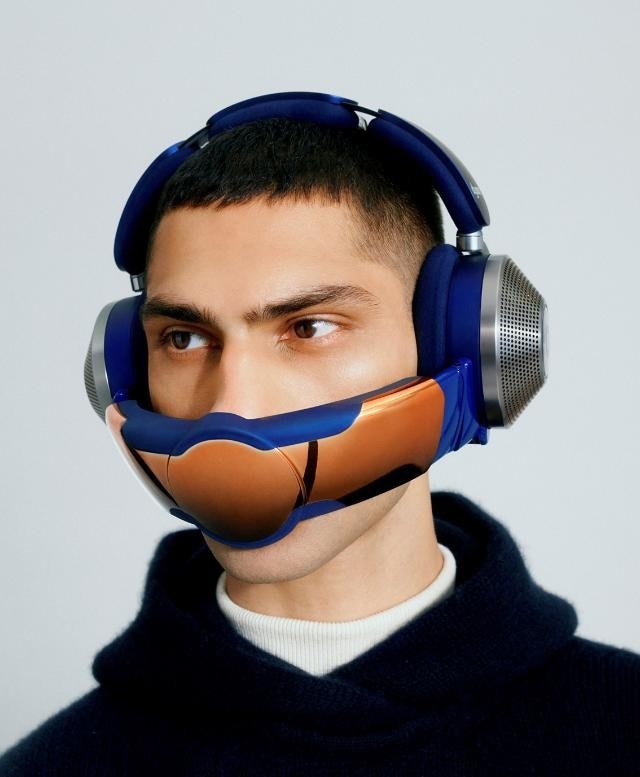
For Seifert, it’s a fact: earbuds have become hi-tech earplugs we use to silence the outside world we now perceive as too noisy. Not only in the streets but even at places where silence is rather a necessity than an option − at your desk in the office.
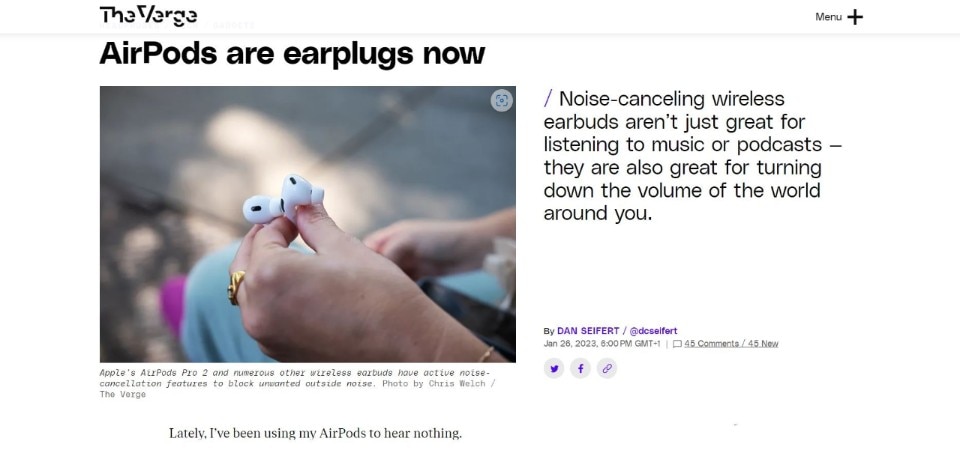
In his article, the Deputy Editor of The Verge focuses on the Pro version of the Apple AirPods. The AirPods are one of those instances in which a single object gave the name to the entire category of products, especially in the United States, where an incredibly high percentage of people uses Apple smartphones.
But there is also another aspect to take into consideration: AirPods, and above all AirPods Pro – recently upgraded to the second generation – are likely the best earbuds at the experience design level. Switching from the noise cancellation mode to the transparency mode, in which you can still hear the world around you as if you weren’t wearing any earbuds, takes no time at all. You can easily do so without even touching them, by simply asking Siri.
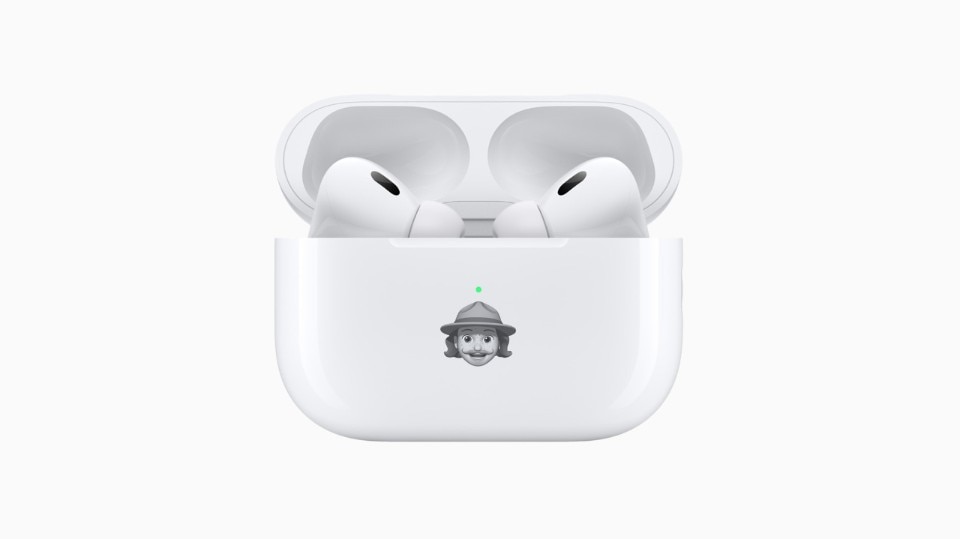
Silence is sexy/ Silence is sexy, so sexy/ So silence
Einstürzende Neubauten, 2000
In his catalogue, Apple music offers a section called Focus, in which there is a collection of playlists dedicated to studying, reading, or working that perfectly fit into the category that the composer Satie defined as musique d'ameublement. But there are plenty of situations in which these playlists are not necessary; we are not looking for a soundtrack to accompany what we are doing, we just want silence.
For example, right now, I am writing this article while wearing earbuds with the noise cancellation mode active, but not to listen to something in particular; on the contrary, the idea is precisely that I do not want to listen to anything at all.
Shhhh, Shhhh
Björk, 1995
The AirPods Pro muffle unwanted outside noises by minimizing them to mere background, without erasing them altogether, without giving you that vertigo feeling that absolute silence sucks you in. They harness the noises, background sounds, and mold them into something easier to digest, something more acceptable.
In other words, Apple has (unconsciously?) created new earplugs. The AirPods Pro have become my barrier – and who knows for how many other people − against the constant office buzz. Of course, a newsroom has never been a quiet place, it shouldn’t be; heck, we’ve even seen in movies! Neither is Domus newsroom, no matter how elegant (and less stormy) it is compared to others. But it is still much louder compared to my home or a somewhat civilized coworking space. Not to mention that we now work at all times and everywhere: at the office, but also at a café, on the train, at the airport. Sometimes you may want to simply read a book at a coffee shop, but I dare you to try to do it in Italy without any AirPods on…
.jpg)
Sartre claimed that hell is other people. Certainly, the organization of workspaces we’ve become familiar with in the past decades seems to have been designed to prove his point.
Some time ago, Andrea Nepori’s article on the future of soundproof pods in workplaces after coronavirus had caused a few too many stomach aches. It wasn’t an actual article against the ear pods, which do their job rather well, but on the neurotic state of open space offices, dysfunctional places of shared suffering: they look beautiful in the renderings, but the truth is they like a battery chicken factory – they are noisy, aseptic, often poorly lit. Unfortunately, the late Mark Fisher, theorist of capitalist realism, didn’t leave us any quote on the matter, to our regret.
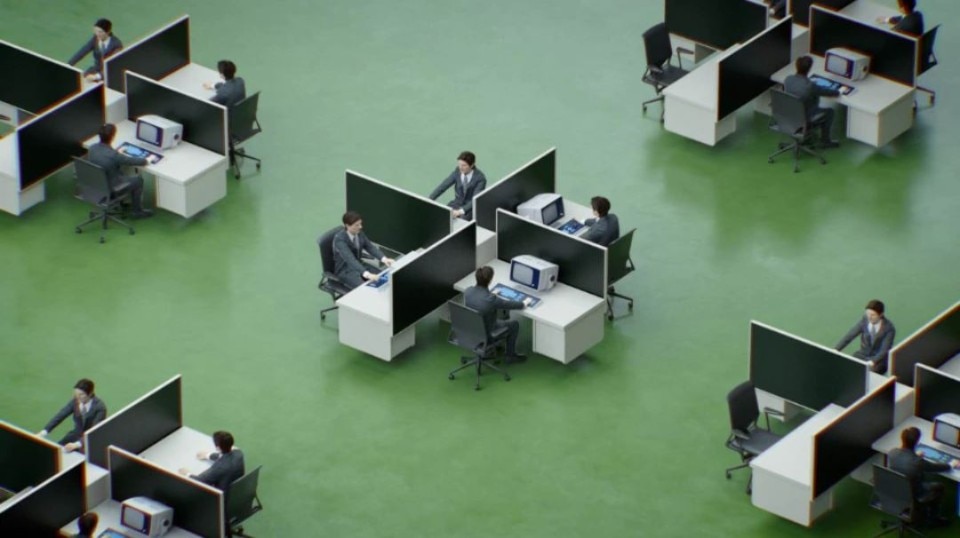
The success of Beltrade, a small cinema in the Nolo district of Milan, is a peculiar case for the city, where new restaurants and clothing stores keep on opening, while theaters and cinemas are a dying out. It owes its success to the carefully coordinated image combined with its screenings (and we can all agree that this is very Milan-like). Before every movie, a snippet of the 1998 masterpiece by David Lynch, Mulholland Drive, plays; the voice says, “Silencio!” before the movie starts – a reminder that we should be listening to the dialogues to come, not cancelling them out as we are now used to do.

“Listen, it’s so quiet,” the German soldiers point out when the news about the armistice comes in All Quiet on the Western Front, the German movie on the Great War nominated at the 2023 Oscars. For the poor soldiers on the border between France and Germany, the end of the war is firstly the end of a sound torture created by war machines. For them, silence is a salvation song for all soldiers who were sent to die at the front.
 All Quiet on the Western Front , Netflix 2022
All Quiet on the Western Front , Netflix 2022
A century and a handful of years later, in a context where we live longer and our bodies are still worn out, but in a different and less devastating way, we are still yearning for a redeeming silence. An ambition that comes with increasing self-isolation.
Turning on the noise cancellation feature means, first of all, taking refuge in a sound bubble that belongs to us only, that we do not share with anyone.
But diving into the wellness of a world of muffled sounds doesn’t change much in the design of the world around us. We are left in the grip of a silence that runs the risks of becoming a loneliness so profound that embraces every future horizon.
The twentieth-century ideal of a shared acoustic wellness, like the one Doctor Julia Barnett Rice fought for, has been replaced by individual solutions that try to protect us from a world that is too complex, that has too many stimulations, and is just too loud. This is turning us, without even noticing, into silence preppers for an apocalypse that is already ongoing.
No alarms and no surprises/ Silent, silent
Radiohead, 1998
Opening image by Anna Dziubinska on Unsplash
- Alternative alle AirPods:
- Oltre alla seconda generazione di AirPods Pro, che hanno un ruolo da protagonista per i motivi spiegati sopra, abbiamo provato altri auricolari cercando di usarli per cancellare i rumori circostanti. L’esempio più felice è sicuramente quello delle Bose QuietComfort 2, che sono leggere e lasciano all’utente varie possibilità di preset di cancellazione del rumore da alternare, tra cui una “focus” oltre a quella silenziosa. C’è da dire che dai nostri test sono meno efficaci come puro silenziatore dei rumori ambientali, anche se in questa modalità funzionano sicuramente meglio delle pur lodatissime Sony WF-1000XM4 – che restano ottime per musica, podcast e chiamate. Queste ultime non sono neanche ottimizzate per creare in modo permanente una condizione di trasparenza rispetto ai suoni esterni, per cui rispetto ad altri modelli pensati per essere sempre addosso, si finisce per toglierle spesso, con tutti gli aspetti di scomodità conseguente. Avremmo voluto mettere alla prova anche le Galaxy Buds 2, ma Samsung non ha potuto fornirci un sample da testare. Tutti gli auricolari di fascia inferiore che abbiamo provato, tra cui le Nothing Ear (1), di cui siamo grandi sostenitori, non hanno dato grandi risultati. La cancellazione del rumore di alto livello resta appannaggio di pochi brand e solo nei loro prodotti di punta. Certo, si possono sempre usare dei classicissimi e tradizionali tappi, per esempio quelli di Flare, un’azienda britannica che ne fa di ottimi. Ma se poi arriva una chiamata, o devi ascoltare un vocale su Whatsapp, sai che macello?


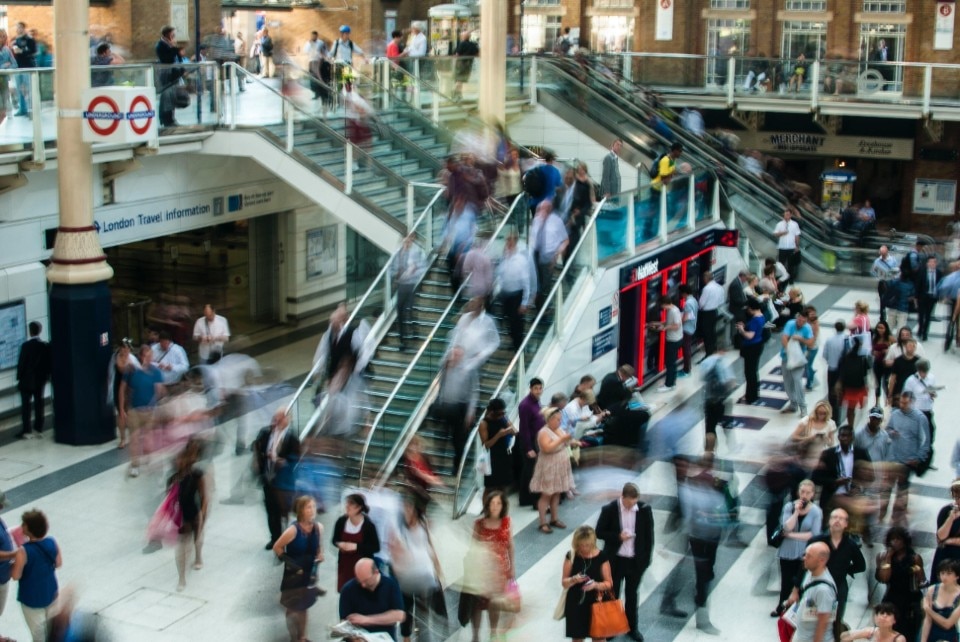

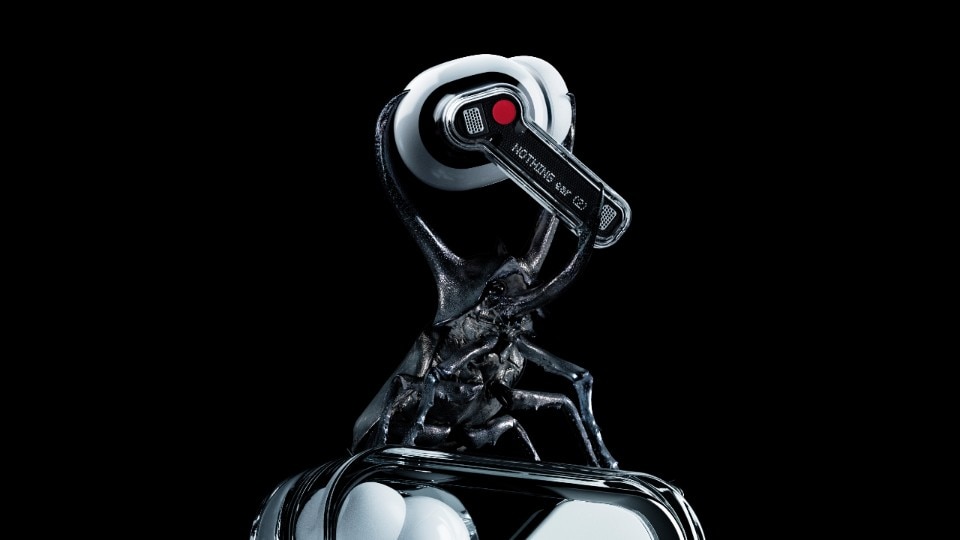
.jpg.foto.rmedium.png)
